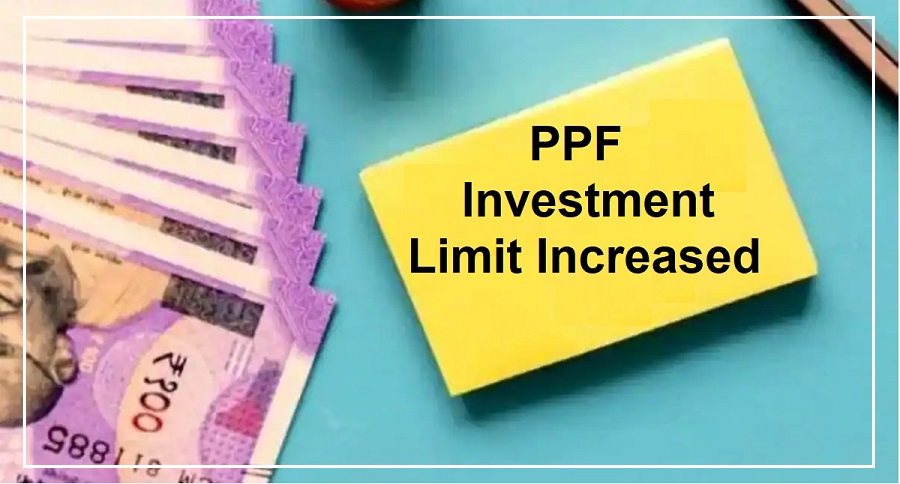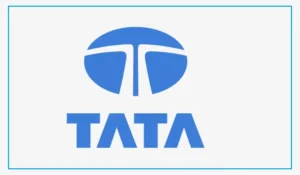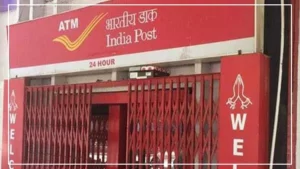The Public Provident Fund (PPF) is one of the safest long-term savings options for Indian investors. It comes with a 15-year lock-in period, starting from the end of the financial year in which you open the account.
The good part — your entire balance, including interest, is completely tax-free at maturity.
But before that, withdrawals are limited.
You can make partial withdrawals only after a few years, and premature closure is allowed under specific conditions.
Understanding these rules can help you avoid mistakes and delays.
Partial Withdrawals After 5 Years
You can make your first partial withdrawal only after completing five full financial years from the year your account was opened.
For example, if you opened your PPF in 2010–11, the first withdrawal is allowed from 2016–17 onwards.
In one financial year, you can make only one withdrawal.
The withdrawal amount can be up to 50% of the balance at the end of the fourth financial year before the year of withdrawal or the previous year’s balance, whichever is lower.
Example: If you’re withdrawing in 2016–17, you can take up to 50% of the balance as of March 31, 2013, or March 31, 2016, whichever is less.
Premature Closure in Special Cases
If you need to close your PPF before 15 years, it’s allowed only in specific situations such as:
Medical emergencies for self or dependents
Higher education expenses
Change in residency status (becoming an NRI)
However, your account must have completed at least 5 financial years, and you’ll lose 1% interest on all past years as a penalty.
Because of this, early closure should be your last option — it can impact your long-term savings and compounding benefits.
What Happens After 15 Years
When your PPF matures, you can either withdraw the full amount or extend your account in 5-year blocks.
If you extend without contributions: You can withdraw any amount once a year, while the rest continues to earn interest.
If you extend with contributions: You must submit an extension request within one year of maturity.
You can still withdraw during the 5-year block, but the total withdrawals can’t exceed 60% of the opening balance for that block.
Choose the option that fits your financial goals — whether you want continued tax-saving benefits or easy access to funds.
How to Make a Withdrawal
To withdraw, submit Form C at your bank or post office along with your PPF passbook and KYC documents.
Ensure your details like PAN, Aadhaar, and bank account match the records.
Once processed, the money is credited directly to your linked savings account.
Tax Benefits and Smart Tips
All PPF withdrawals — whether partial, premature, or full — are tax-free under current laws.
A few smart tips to remember:
Plan your single annual withdrawal carefully — it’s allowed only once per year.
File the extension form within a year if you plan to continue your PPF after maturity.
Withdraw only what’s necessary — the longer you keep money in PPF, the more it grows through compounding.
The Bottom Line
Think of your PPF as your long-term financial safety net. Use partial withdrawals only when needed, consider premature closure in genuine emergencies, and plan your post-maturity extension wisely.
Following these rules ensures a smooth process and keeps your savings growing securely for the future.

























